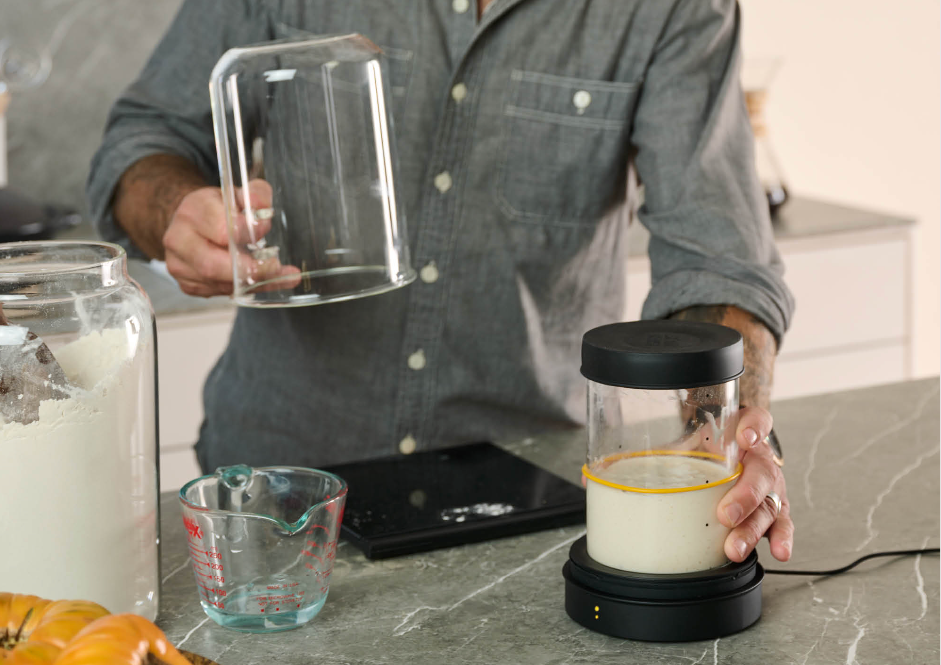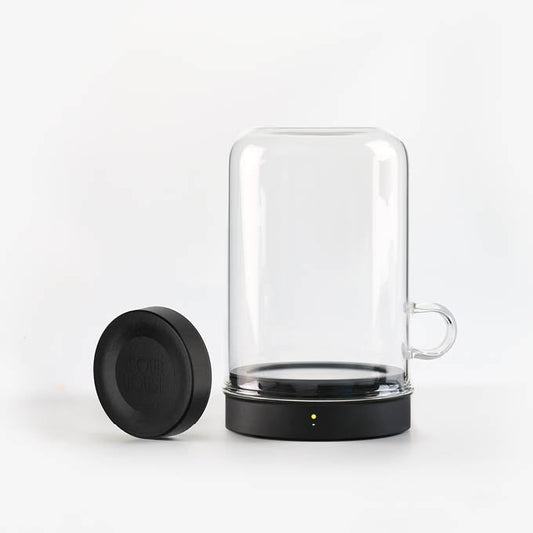
Putting the “Sour” in Sourdough Bread
Share
Sourdough bread is known for its special sour taste (as the name suggests), but if you’ve ever tried your hand at baking it from scratch, you’ll know that achieving the elusive tangy flavor can be complex. In fact, the level of sourness in your bread is largely dependent on your starter culture, and it can take several techniques to achieve a distinct sour flavor.
Here are some methods for reaching your perfect level of tartness:
- Develop the Starter: Your starter is the key to success when it comes to sourdough baking. To make your bread a little more sour, allow your starter to build up more acid. Try feeding your starter less frequently, encouraging the yeast to produce more acid which leads to a tangier taste. Remember to track your feeding schedule and ratios to ensure your starter is strong and active. Over time (think months) as starters mature, they tend to develop more complex and sour flavors.
- Longer Fermentation: Try extending the fermentation period both during the bulk fermentation phase and the final proof. The longer you allow the bacteria to produce more lactic and acetic acid, the more sour your dough will become. Refrigerating your dough overnight or even for a couple of days can lead to a more complex flavor profile.
- Use More Whole Grains (or Rye): In general, whole grains and rye ferments faster and so they produce more acids more quickly. Increasing the proportion of whole grains in your recipe paired with other tricks will increase the sourness of your bread.
- Keep Things Warmer (or Colder): Try fermenting your dough at a slightly warmer or cooler temperature to help encourage the production of sour tasting acids in your dough. Lactic acid bacteria are more active in the 86-95°F (30–35°C) range, fermenting your dough in this range may lead to a more yogurty sour taste, but proceed with caution as it could also result in over-proofed dough or negatively impact the flavor. If you prefer a sharper, more vinegary flavor, encourage more acetic acid bacteria by fermenting your dough in the 59-72°F (15–22°C) zone. Moving your dough through different temperatures, such as retarding your dough in the fridge during the final proof, encourages a mix of bacteria and a more complex flavor.




